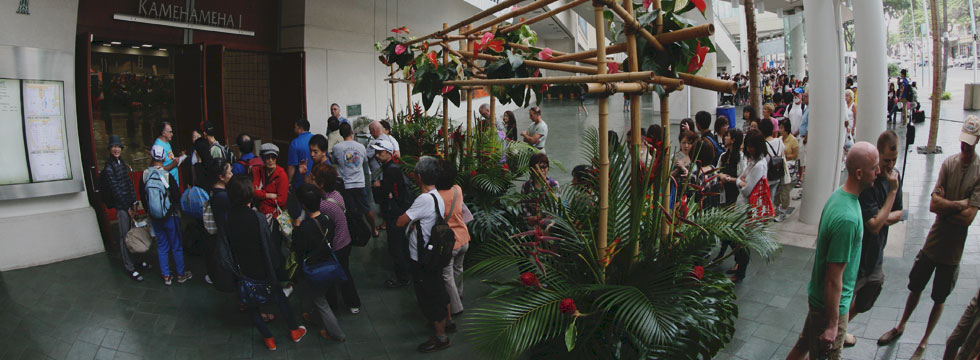What is Bookkeeping? Business Owner’s Guide
December 22, 2020 7:09 am Leave your thoughts
Finding the one or more errors often meant spending hours retracing the entries and postings. Our explanation of bookkeeping attempts to provide you with an understanding of bookkeeping and its relationship with accounting. Our goal is to increase your knowledge and confidence in bookkeeping, accounting and business. bookkeeping model In turn, we hope that you will become more valuable in your current and future roles. A cash account is one where all of your business transactions pass through to track all of your financial activity. Plus, a cash account is arguably the simplest way to record cash payments, withdrawals and deposits.

Spread in the estimates is due to the inclusion of different flux components and their treatments, showing the importance to include emissions from carbon rich peatlands and land management, such as shifting cultivation and wood harvesting, which appear to be consistently underreported. ELUC is computed by the
DGVMs as the difference between two simulations, one with land use and one
without, and as a result it includes the loss of additional sink capacity
from reduced forest cover that is not included in the estimates of
ELUC from bookkeeping models. Many of the DGVMs also utilize the LUH2 dataset to prescribe
the gridded historical land-use and land-use changes used by those models. The availability of LUH2 has facilitated the development of more
comprehensive representations of land-use change in DGVMs. Originally DGVMs
represented only net land-use change at coarse grid-cell resolution
(typically greater than 0.5∘ or ∼50 km), whereas LUH
datasets have enabled models to account for sub-grid-cell heterogeneity, i.e.,
shifting cultivation practices, and comprehensive land-use-change
transitions. Arneth et al. (2017) suggest land-use-change emissions are
likely greater than previously assumed as more land-use detail is included
in DGVMs.
The Accrual vs Cash Basis of Accounting
The results indicate that the dependence of the standard deviation on the stress state follows from variations in the deformation mechanism since a well-correlated variation is found for the volume fraction of the unit cell that deforms plastically at yield. Thus, the random void distribution activates different complex localization mechanisms at high stress triaxialities that differ from the ligament thinning mechanism forming the basis for the classical GTN model. A method for introducing the effect of randomness into the GTN continuum model is presented, and an excellent comparison to the unit cell yield locus is achieved. As more business entities receive government grants, how to recognize, measure and present these grants has become a more prevalent issue.

Some popular options include QuickBooks, Xero, FreshBooks and Zoho Books, among others. You can read more about our ratings for various business accounting software here. You should be familiar with more than one software as some of your clients may have a preference in terms of the accounting software that they’d like you to use. For a bookkeeping business, you may also want to include information regarding your niche and any certifications that you have as well.
Supplementary information
If you are going to offer your customers credit or if you are going to request credit from your suppliers, then you have to use an accrual accounting system. Gain unlimited access to more than 250 productivity Templates, CFI’s full course catalog and accredited Certification Programs, hundreds of resources, expert reviews and support, the chance to work with real-world finance and research tools, and more. This is because switching between methods would potentially allow a company to manipulate revenue to minimize their tax burdens. Companies may use a hybrid of the two methods, which is allowable under IRS rules if specified requirements are met. Geographic areas were pre-defined for this study, corresponding to Southeast Asia (green), East Asia (blue), and South Asia (purple).
We also recently provided an LUH2 update for use in the Global
Carbon Budget 2021 simulations which incorporated new HYDE and
FAO data for all simulated years (Rosan et al., 2021) and extends the
time series to 2021. In addition, with plans already beginning for CMIP7, we
can anticipate the need for LUH3. While it is too early to define the
priorities for this dataset, we can anticipate some of the potential
features.
Double-entry bookkeeping
Cropland,
grazing land, and urban land areas in LUH2-GCB2019 were identical to those
areas provided by the HYDE dataset at global, regional, and 0.25∘
spatial scales (by design). For GCB publication years 2019–2020, a more significant update was performed
to correct an error in the previously used input datasets, especially for
the country of Brazil, as described in Sect. These LUH-GCB datasets
were built off the LUH2 dataset and were identical to that dataset for all
years up to and including the year 1950.
- In all cases, the amount of primary land is larger in BLUE than in the original LUH2 dataset, at the cost of other land-cover types.
- Similarly, the global secondary forest carbon sink estimated by Shevliakova et al.30 of 0.35–0.6 Pg C year−1 using the LM3V model, and the estimate by Yang et al.31 of 0.36 Pg C year−1 using the ISAM-NC model were both lower than HN2017.
- Further, none of the estimates in this study reported fluxes from the areal changes in peatlands (Miettinen et al 2016) or the degradation and decomposition of peat soils, which are more carbon dense and result in higher fluxes than the typically represented organic soils (Hooijer et al 2010).
- Remote-sensing surveys may be able to capture gross changes in forest cover, but will require more frequent surveys and correct attribution of young forest to the abandonment of managed land, as opposed to natural fires or disturbance.
- By contrast, the FAO-FRA suggested an increase in emissions (24%+) between the 1990s and 2000s (table 3), but it is unclear how the absence of legacy and regrowth fluxes (table 2) may have influenced their estimates.
Categorised in: Bookkeeping
This post was written by vladeta



